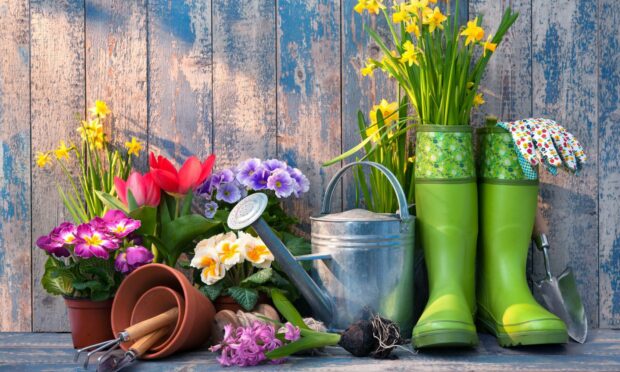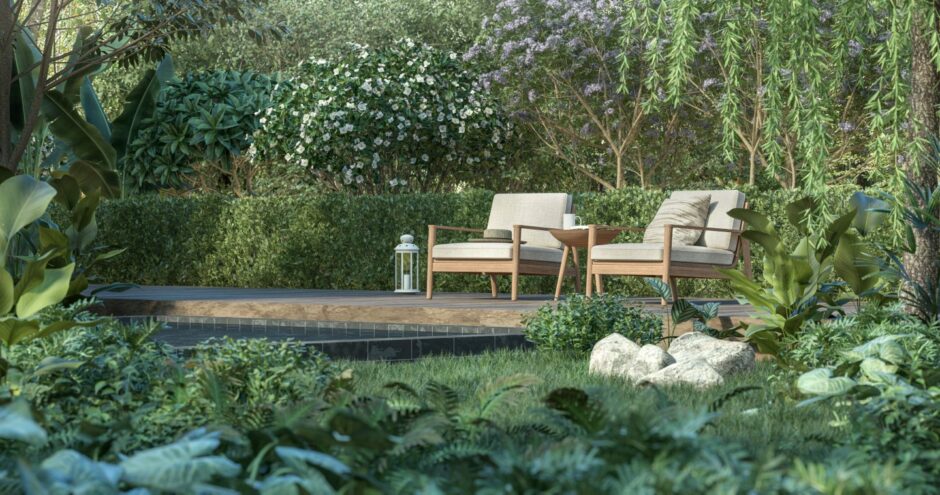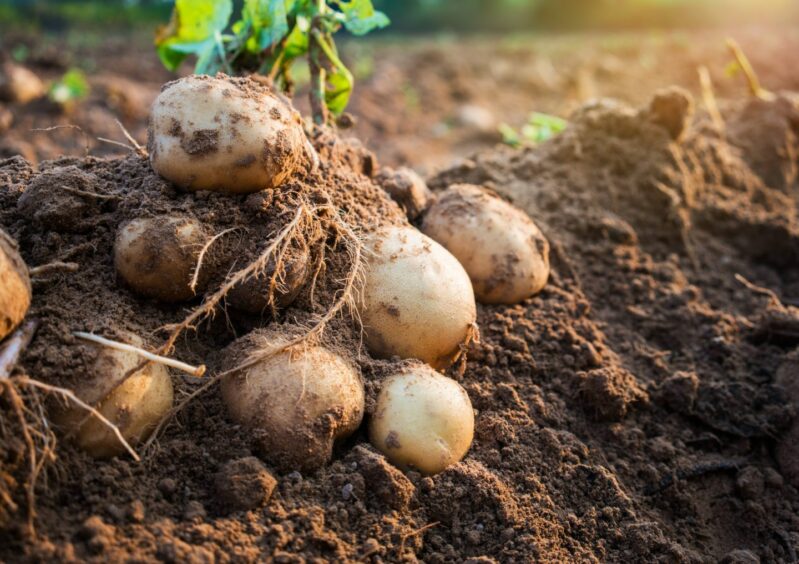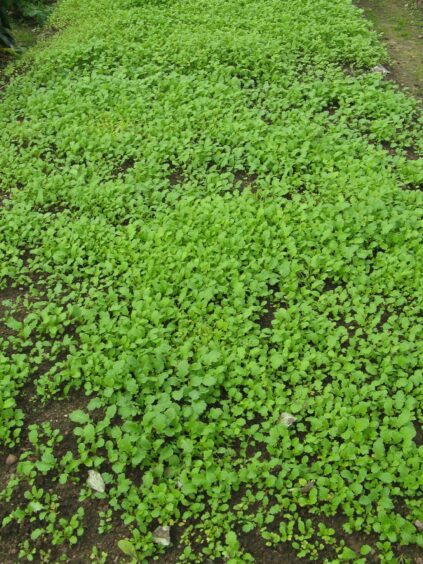I must begin this week with a few solemn comments.
They say some things come in threes. I would wish otherwise but here goes.
A few weeks ago the proprietor of the Parkhill Garden Centre, Gordon McGillivray, sadly passed away.
We had been friends and colleagues for some time, in fact he helped me lay out the garden in our new house in Oldmeldrum back in the Seventies.
That was quickly followed by the passing of the man who built that house.
Norman Duguid, another friend and colleague who will also be sorely missed.
Then news of the third came through, Willie Duncan from Leven in Fife had passed away.
My thoughts are with the three families.
Appreciation
A further word is necessary concerning Willie, perhaps less well known in our area but a friend and colleague known throughout the Scottish gardening fraternity and worthy of a few words of appreciation in any gardening column.
Willie Duncan, a Scottish horticulturist of outstanding character passed away a week ago, aged 87.
He was a unique individual, trained as a gardener, early years spent in public parks but ending his ‘official’ career employed in what is now known as The James Hutton Institute.
Generosity of spirit
We generally use the words ‘private service’ to indicate time spent working in the gardens of a castle or a mansion but I suggest that Willie provided a ‘private service’ all of his own – helping anyone and everyone with their gardening problems.
Though small in stature, Willie was huge in generosity of spirit with a willingness to help others with their gardening problems.
In 2010, he was made an MBE for services to Scottish horticulture.
A native of Fife, Willie and partner Barbara, lived in a lovely house and garden near the town of Leven.
A plantsman of the first order, I first worked with him on the NTS Gardens Advisory Committee, at that time chaired by another outstanding Scottish horticulturist, Captain David Barnes.
Over the several years we served, we tended to drift together and during that time, I came to realise what a gem he was, knowledgeable, generous in his comments and extremely positive in the advice he offered.
Needless to say, he served with us on a Beechgrove Garden Question Time or two, much to everyone’s enjoyment.
His generosity of spirit was enhanced by his habit of giving.
“Just before you go, I have a few cuttings for you,” was typical.
Vast knowledge
George Anderson shared a classic with me. They had been discussing apple varieties and a few days later a small parcel arrived containing several apple scions for grafting, with instructions on how to store them until the optimum time for grafting.
It all worked according to Willie’s instructions. A humble man with a vast knowledge of plants, he too will be sorely missed.
Harvest
Now to the business of the week.
I have just started to harvest my tatties. A wee bit early perhaps but the foliage (colloquially referred to as ‘tattie shaws’) has started to die back, probably due to the dry weather we have had of late.
In the process of chopping it back, some of the tubers were exposed, quite a nice size, so the harvest season has begun.
Next to the tatties in the raised bed are my onions and as explained before, the tops have been bent over for a week or two so now I will ease the bulbs out of the ground and leave them sitting for another 10 days or so to ripen a bit more.
As the various harvests are completed, the area is going to be left bare, what’s to be done now?
Plant some over-wintering brassicas perhaps?
Cover crops
My inclination will be to cover the beds with a bit of black polythene, others might sow a cover crop.
What’s that? I hear some of you ask.
You simply sow a cheap, fast germinating crop all over the area as if you were sowing a lawn.
This will prevent erosion, help to maintain soil structure and add to the organic levels in the soil.
When the time comes, the whole lot is turned over before you start the new season.
One of the most successful subjects tried at Beechgrove was mustard. Quick to germinate, it soon covered the whole plot.
Clover is another favourite for the job.
These ‘cover crops’ help to prevent nutrients from being leeched out of the soil, protecting the very structure from being constantly punished by winter weather, a technique much appreciated by farmers and commercial growers.
Rye grass is another favourite because it produces a great root system to further improve fertility when turned in.
At Beechgrove we found mustard to be very successful. Essentially, whatever method you choose, you will improve the fertility and structure of the soil ready to receive the new crops next spring.
Why are you not taking your own advice? I hear some ask.
That’s a story for another day, it’s all about compost.
My Hotbin is choc-a-bloc already and in time, the contents will be used to help maintain the fertility of the raised beds.






Conversation